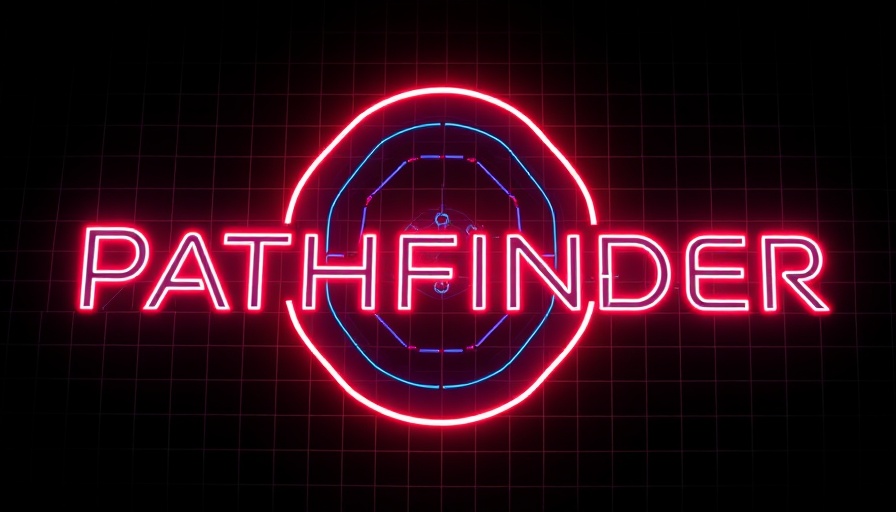
Hunters Revolutionizes SOC Automation with Pathfinder AI
In an era of rapid technological advancement, Hunters is charting a new course in security operations with the announcement of its Pathfinder AI. Jim Snider, the innovative leader behind Hunters, emphasized the need for smarter SOCs as cyber threats grow increasingly sophisticated. Pathfinder AI combines two pivotal components: the Copilot AI, specializing in assisting analysts, and the revolutionary Agentic AI, focusing on fully autonomous operations.
A Deep Dive into Pathfinder AI's Main Features
At the heart of Pathfinder AI lies the potential to transform how Security Operations Centers (SOCs) function. Traditional methods often involve manual investigations that can feel endless, with analysts navigating a web of alerts and responses. However, this new technology enhances security operations by automating key processes:
- Copilot AI: This innovative feature improves analyst workflows through automated analysis, easy report generation, and guided investigations, ensuring that SOC teams can work more efficiently.
- Agentic AI: This component tackles the autonomous detection, investigation, and response scenarios, further reducing the manual burden on security personnel.
By merging these technologies, Hunting’s Pathfinder AI not only facilitates quicker threat resolution but also maximizes the efficiency of SOC operations as every minute counts in the cybersecurity landscape.
Changing Threat Landscape: Why AI Matters
As threats evolve, so must the methods we use to combat them. Cybercriminals are becoming increasingly automated, deploying large-scale and sophisticated threats that can overwhelm traditional defenses. Jim Snider points out that small SOC teams are often stretched thin and risk falling behind due to the volume of false positives and manual investigations. Pathfinder AI addresses these challenges head-on by adapting dynamically to prioritize threats and filter out noise, putting SOC teams back in control.
Impact of AI in Current Security Operations
The deployment of Pathfinder AI could represent a significant shift in how organizations approach security. Currently, investigations resemble a complex decision tree; however, with AI's ability to correlate signals and contextualize information, Pathfinder allows incidents to be assessed holistically rather than piecemeal. This shift from reactive to proactive security could not only save time but also enhance overall security posture.
Real-world Effectiveness: Case Studies and Predictions
Early users, such as Endpoint Security Architect Casey Sword from Emburse, have reported positive results from integrating Pathfinder AI into their existing security systems. Significant reductions in manual investigation time and improved threat visibility have been observed. As AI technology improves and industry standards evolve, we can anticipate a notable uptick in the effectiveness of security operations powered by AI.
What Lies Ahead: Future Enhancements with Pathfinder AI
Looking beyond the current launch, the potential for Pathfinder AI’s features to grow is vast. Future updates will likely enhance capabilities in areas such as predictive threat modeling and self-optimizing detections, which could lead to a more resilient security approach that anticipates threats before they materialize.
Conclusion: Embracing the AI-Driven Future
The introduction of Hunters’ Pathfinder AI is a promising development in the realm of cybersecurity. By marrying the strengths of Copilot AI and Agentic AI, organizations can expect to see a significant evolution in how security teams handle the complexities of modern cyber threats. As we move further into an automated future, embracing these innovations is crucial for effective protection against constantly evolving risks.
For those interested in maximizing their cybersecurity strategies, exploring tools like Pathfinder AI is an essential step towards a more agile and responsive security posture.
 Add Row
Add Row  Add
Add 




Write A Comment